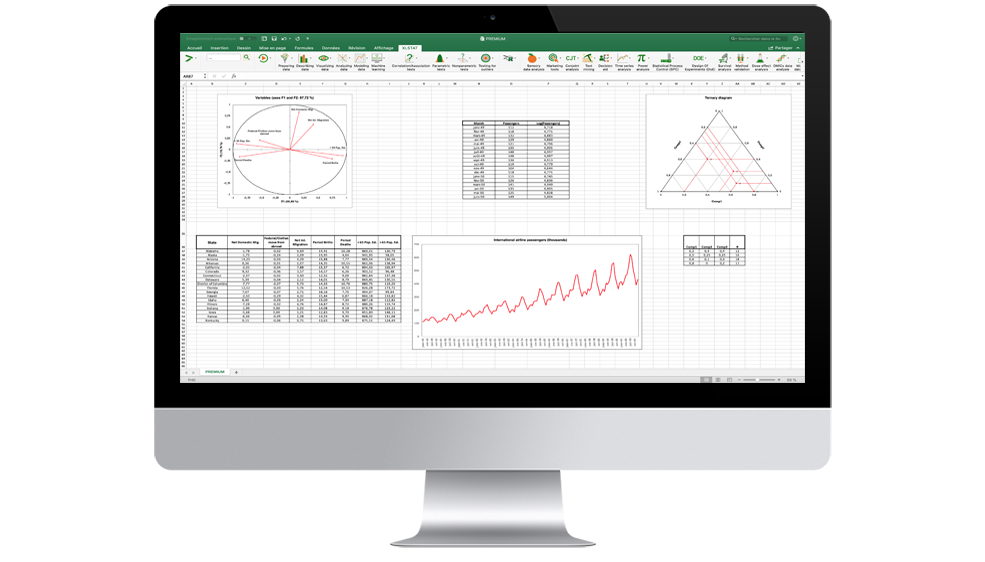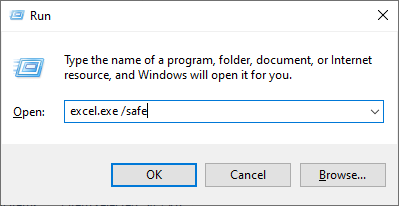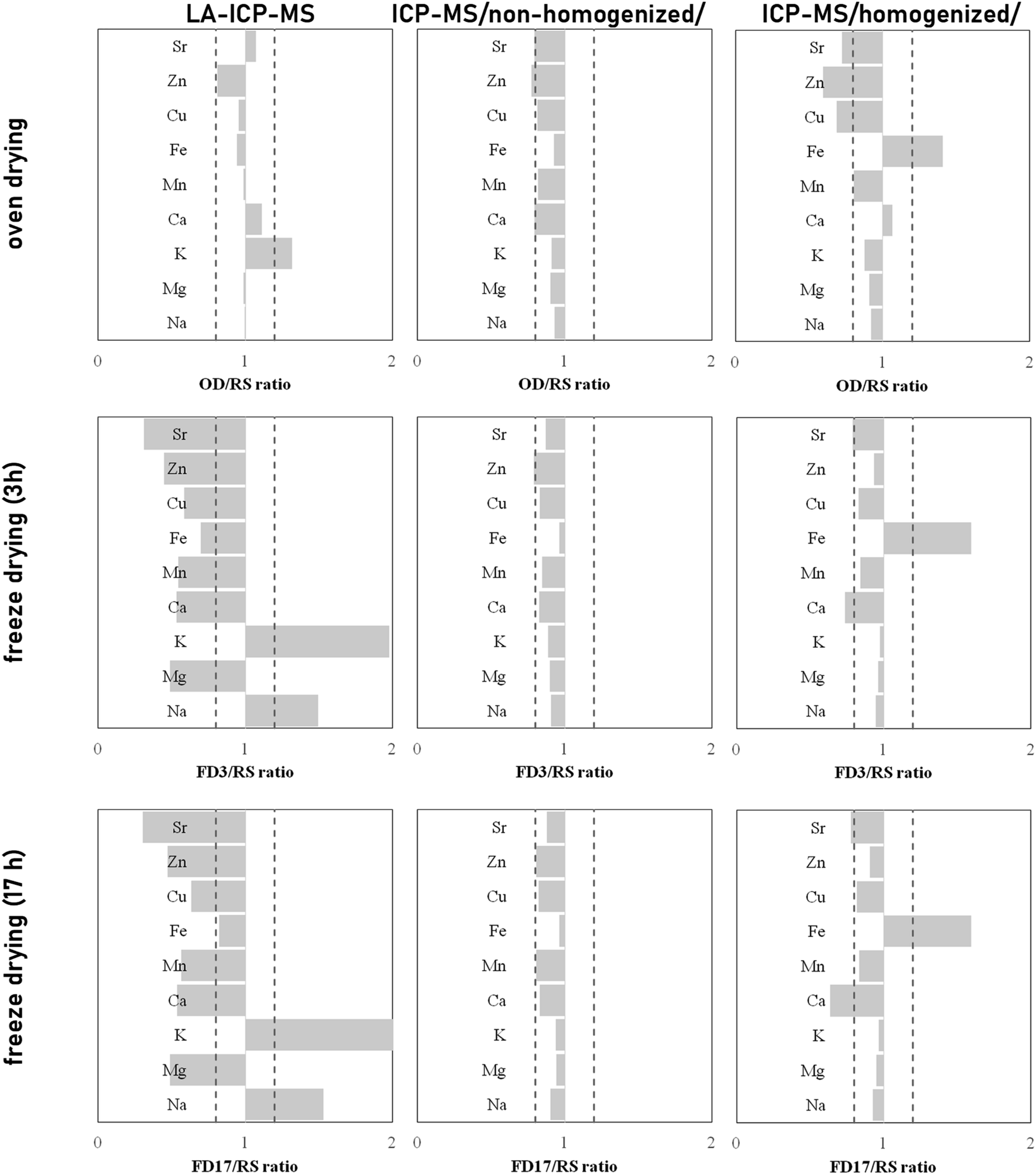

To find out the path of the startup folder, see Locate the XLStart folder. To create the default workbook template or default worksheet template, select either the XLStart folder or the alternate startup folder. In the Save in box, select the folder where you want to store the template. Workbook calculation options and window view options. Macros, hyperlinks, and ActiveX controls on forms. Text you want to repeat, such as page headers and row and column labels.ĭata, graphics, formulas, charts, and other information. You can hide sheets, rows, and columns and prevent changes to worksheet cells.

Protected and hidden areas of the workbook. The number and type of sheets in a workbook. Page formats and print area settings for each sheet.

Settings that you can save in a workbook or worksheet template On the worksheet, include the formatting, styles, text, and other information that you want to appear on all new worksheets that will be based on the worksheet template. To use a worksheet template, create a workbook that contains one worksheet. To use a workbook template, create a workbook that contains the sheets, default text (such as page headers and column and row labels), formulas, macros, styles, and other formatting that you want to use in new workbooks that will be based on the workbook template. You can save workbook settings that you frequently use in a workbook template, and then automatically open that workbook template every time that you create a new workbook. Tip: You can also right-click that icon, click Properties, and then remove any references to the workbook on the Shortcut tab.Īutomatically open a workbook template or worksheet template when you create a new workbook or worksheet
#Xlstat stuck on file open window full#
Under General, in the At Startup, open all files in box, type the full path of the folder that you want to use as the alternate startup folder.īecause Excel will try to open every file in the alternate startup folder, make sure that you specify a folder that contains only files that Excel can open. To do so:Ĭlick Trust Center, and then under Microsoft Office Excel Trust Center, click Trust Center Settings.Ĭlick Trusted Locations, and then verify the path to the XLStart folder in the list of trusted locations. To find out the path of the XLStart folder, check the Trust Center settings. Locate the XLStart folderĪny workbook, template, or workspace file that you place in the XLStart folder is automatically opened when you start Excel. To automatically open a specific workbook when you start Excel, you can place that workbook in the XLStart folder, or you can use an alternate startup folder in addition to the XLStart folder. Under General, and then under Start up options, check the box next to Show the Start screen when this application starts.Īutomatically open a specific workbook when you start Excel This setting can be changed to instead bypass this screen and create a blank workbook. In Excel 2013 and later, Excel defaults to showing the Start screen with recent workbooks, locations, and templates upon starting. You can also customize the way that Excel starts by adding command-line switches and parameters to the startup command.įor more information, see Command-line switches for Microsoft Office products.Īutomatically start Excel with a blank workbook


 0 kommentar(er)
0 kommentar(er)
